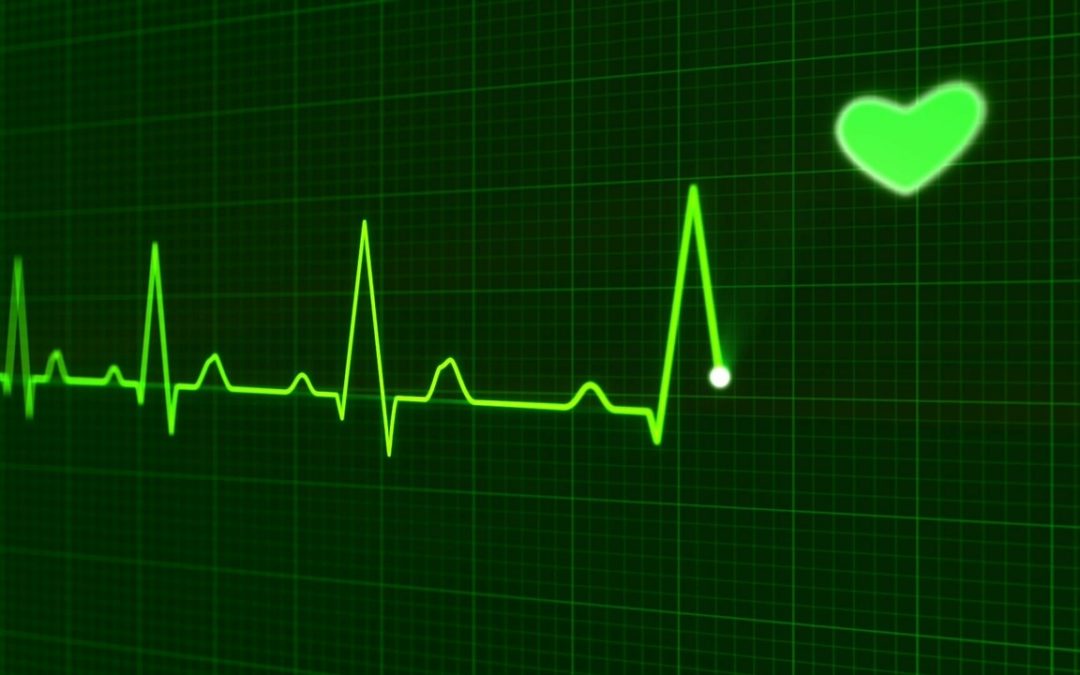Evaluation of a Preparticipation Cardiovascular Screening Program Among 1,686 National Collegiate Athletic Association Division I Athletes Comparison of the Seattle, Refined, and International Electrocardiogram Screening Criteria.
Conway JJ, Krystofiak J, Quirolgico K, et. al. Clin J Sports Med. 2019. [Epub Ahead of Print].
Take-Home Message
Among 1,686 NCAA Division I athletes, the International Electrocardiogram Screening Criteria yielded a lower false-positive rate for abnormal cardiovascular conditions than the Seattle criteria.
Summary
While there is widespread support for preparticipation cardiovascular screenings, it remains unclear how to optimize screening criteria. We need optimized cardiovascular screening criteria to identify pathologies, which if not detected, could result in death. Therefore, Conway and colleagues completed a retrospective chart review from 1,686 NCAA Division I athletes to determine the prevalence of pathologic cardiac conditions. The authors also assessed the rates of electrocardiogram (ECG) screening abnormalities and false-positive rates among 3 ECG screening criteria. The data came from preparticipation examinations, which included ECG data, between 2013 and 2017 (59% male, 65% white, no single sport constituted more than 10% of the study population). The researchers, which included a board-certified cardiologist, physician, and 3 sports medicine fellows, used the Seattle, Refined, and International criteria to screen all the ECGs. During the initial screening, 117 individuals required additional screening due to abnormal findings (patient’s history, ECG, or both), and 7 (0.4%) people had abnormal cardiovascular conditions. The Seattle, Refined, and International criteria yielded an abnormal ECG rate of 3.0%, 2.1%, and 1.8%, respectively. The International criteria (1.7%) had a lower false-positive rate compared to the Seattle (2.9%) and Refined (2.0%) criteria. The number of people with true-positive results (2 athletes) was consistent between criteria.
Viewpoints
Overall, the authors present clinicians with the most current data regarding how well these 3 screening criteria identify cardiac abnormalities. The difference in false-positive rates between these criteria may seem small. Nevertheless, over 5 years, one or two dozen athletes at the studied institution needed additional testing with the Seattle criteria that would have been unnecessary with the International Criteria. While these findings are limited to one institution, it is noteworthy that the low false-positive rate of the International Criteria was also found among adolescent soccer athletes. Unfortunately, without advanced cardiac imaging, the false-negative rates remained unclear. Ultimately, the decision of which ECG criteria to use will come down to the sports medicine team; but, there is growing evidence that the International criteria may offer some advantages.
Questions for Discussion
How do you and your sports medicine team screen athletes prior to participation for cardiac abnormalities? What criteria do you or your sports medicine team use?
Written by: Kyle Harris
Reviewed by: Jeffrey Driban
Related Posts
Knowing the Symptoms of Sudden Cardiac Death Maybe the First Step in the Right Direction
Turkish Society of Cardiology consensus report on recommendations for athletes with high-risk genetic cardiovascular diseases or implanted cardiac devices
ECG Screening Could Help Prevent Sudden Cardiac Death in College Athletes


